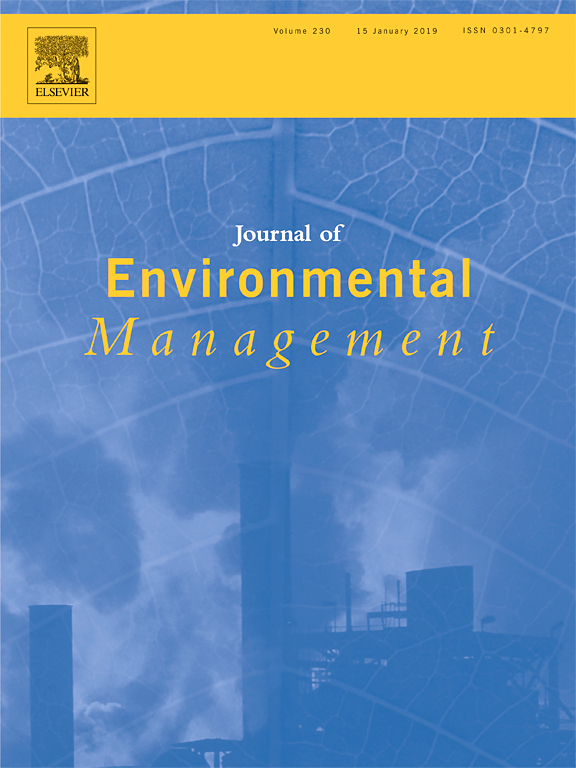Initiated by the World Wildlife Fund (WWF) more than a decade ago in North Kivu, single-species plantations of Eucalyptus saligna and Grevillea robusta constitute, with other village plantations, the current legal source of wood-energy for the communities bordering the Virunga National Park (PNVi). This study assesses the growth and productivity of these plantations in two sites with different soil and climatic conditions to predict their production over time. The study also assesses the carbon stock and long-term CO2 fixation in the biomass of the studied plantations to deduce their contribution to climate change mitigation. Non-destructive inventories were carried out during three consecutive years in 20 E. saligna and 12 G. robusta plantations in Sake and Kirumba. Analysis of the data revealed that both species have similar diametric growth while height growth and productivity were significantly higher in the E. saligna plantations. The productivity of E. saligna was also higher in Kirumba than in Sake, while that of G. robusta was higher in Sake than in Kirumba. The differences observed were mainly related to species, silviculture, altitude and concentration of bioavailable elements in the soils. The analysis of productivity evolution over time allowed us to determine optimal rotations at 8 and 12 years, respectively, for E. saligna and G. robusta plantations. The relationships between biomass or carbon stock and tree diameter were not different between the studied species but were significantly different at the stand level. If silviculture was standardized and plantations carefully monitored, carbon stock and long-term CO2 fixation would be higher in G. robusta plantations than in E. saligna plantations. These results indicate that while for productivity reasons E. saligna is the favoured species in wood-energy plantations to quickly meet the demand of the growing and disadvantaged population living in the vicinity of PNVi, carefully monitored G. robusta plantations could be more interesting in terms of carbon credits. To simultaneously optimise wood-energy production and carbon storage in the plantations initiated in North Kivu, E. saligna and G. robusta should be planted in mixture. In addition, species and site characteristics adapted silvicultural management practices must be applied to these plantations, which are very important for the region, its population and its park. Finally, the economic profitability as well as the sustainability of the plantations should be assessed in the longer term in North Kivu.
Download:
DOI:
https://doi.org/10.3390/f13091508
Altmetric score:
Dimensions Citation Count:

Publication year
2022
Authors
Kasekete, D.K.; Ligot, G.; Mweru, J.-P.M.; Drouet, T.; Rousseau, M.; Moango, A.; Bourland, N.
Language
English
Keywords
plantations, aboveground biomass, carbon sinks, carbon dioxide, fuelwood, tree growth
Geographic
Democratic Republic of the Congo























